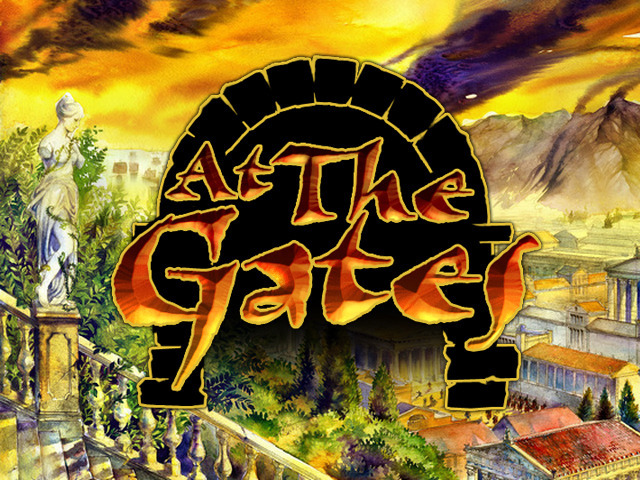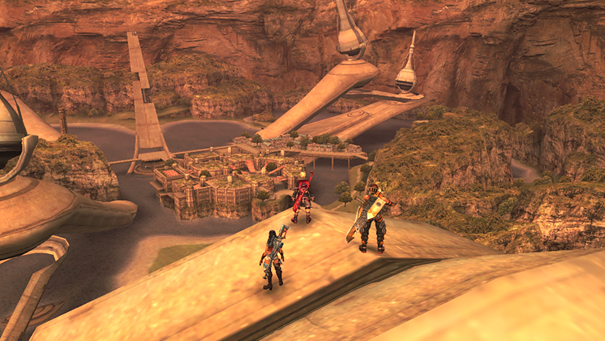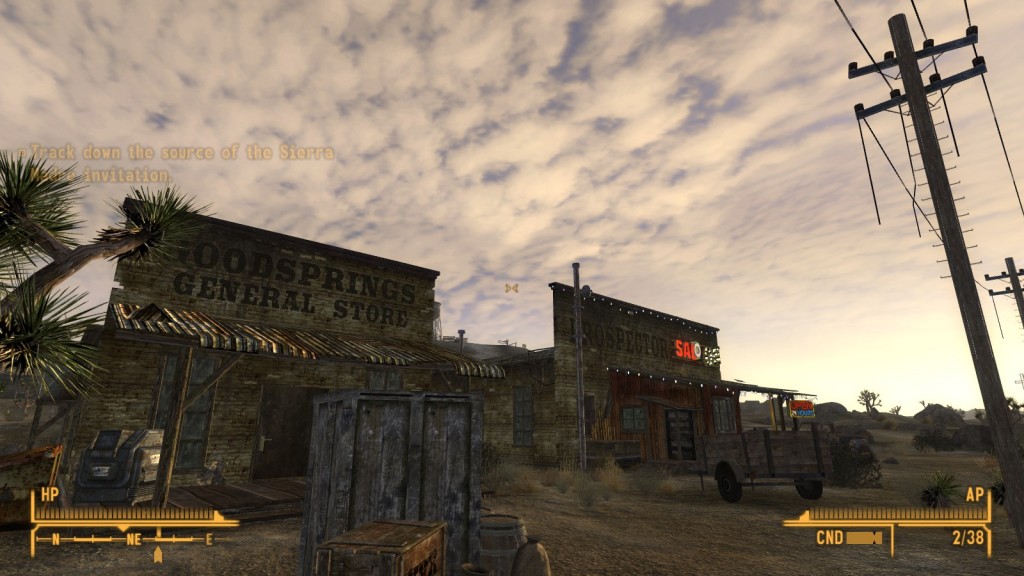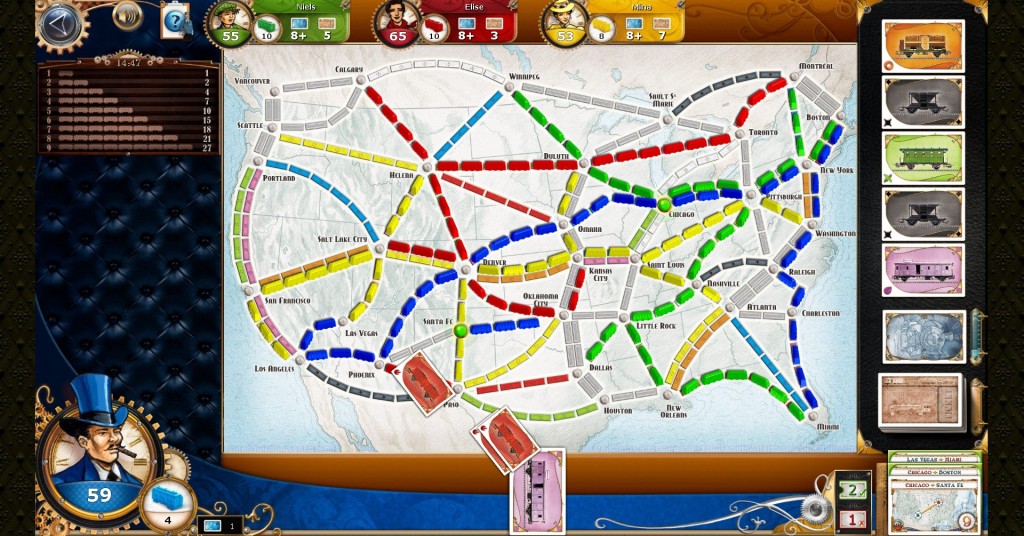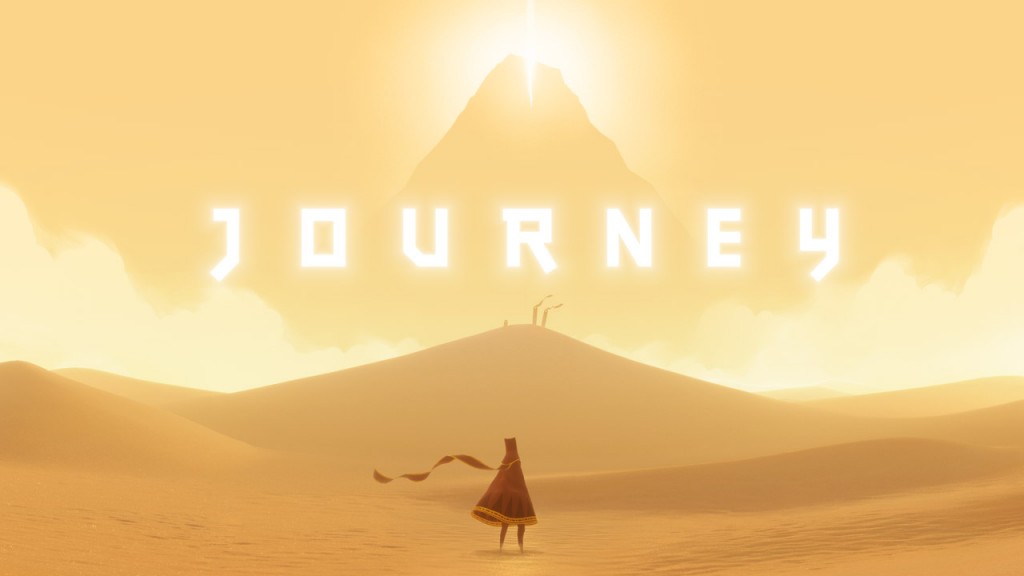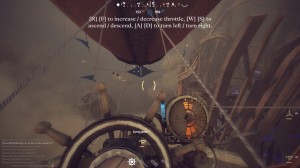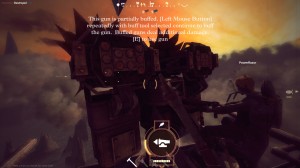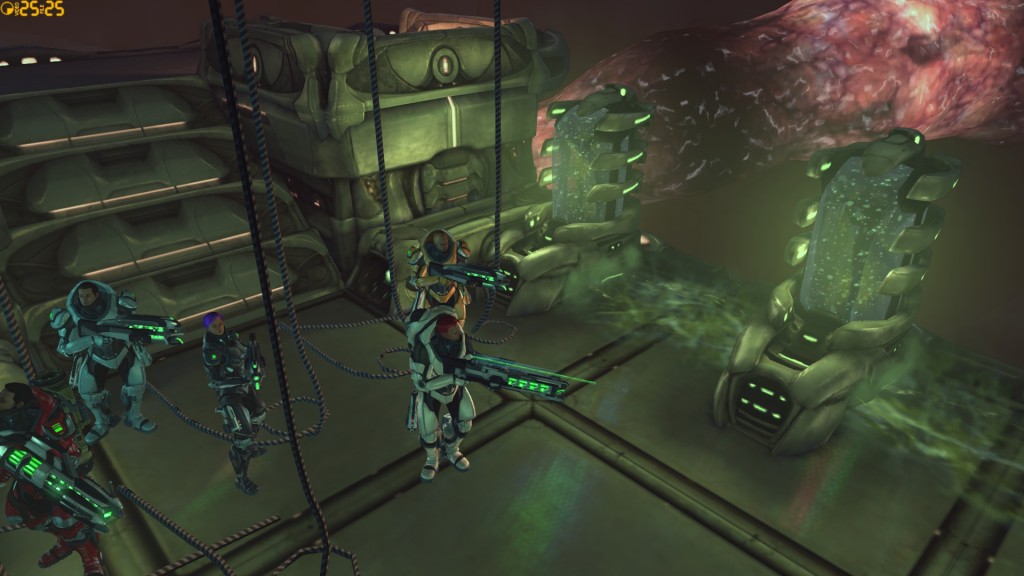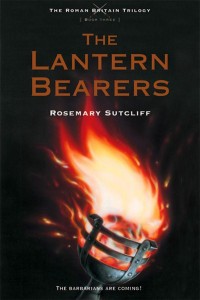“Fire the starboard broadside!” shouts the Captain.
Cannons roar as H.M.S. Courageous attacks the enemy frigate. As one of the junior officers–really, more of an officer in training–you command three guns on Courageous’s main gun deck. The guns of the battery next to yours fire, leaping back against the heavy ropes that prevent them from smashing across the ship. Clouds of white smoke billow about you as you give your gun crew the commands to ready your battery’s cannons: “Swab! Powder! Wadding! Shot! Run out the guns!”
The Captain yells out, “Fire as the guns bear!” You give your gun crews orders to load and fire as quickly as they can, without waiting for the rest of the broadside.
They swab out the bore, push in a charge of powder, push wadding down on the powder, load the shot, push the gun out through the gunport, and fire the cannon, with you commanding each step of the process. “Swab, powder, wadding, shot, fire! Swab, powder, wadding, shot–”
The world turns upside down as the enemy’s broadside rips through the hull some ten feet away.
As the enemy cannonball tears through the side of the ship, giant splinters of wood fly through the air. One of the splinters, perhaps a yard long, rips through the stomach of Davies, a sailor under your command. A fragment of a cannon ball smashes Fisher’s arm, mangling it horribly. Your sailors seem stunned by the carnage, standing in shock while Davies and Fisher scream in agony.
What do you do?
A. Attend to the wounded personally–the safety of my sailors is my top concern.
B. Give some quick orders for them to be taken to the surgeon in the cockpit, then turn back to my duty in commanding the guns.
C. With a gut wound like that, Davies is done for, but Fisher can still be saved. I order some sailors to take Fisher to the cockpit but leave Davies on the deck to die. I need the extra sailors to use the guns effectively.
D. My duty to the ship outweighs my duty to two sailors. I ignore the wounded and concentrate on firing my guns as quickly and accurately as I can.
That is the opening of Choice of Broadsides, a free, short (30-60 minutes), and very good “choose your own adventure”-type game for Web, Android, and iOS. If you have ever read CS Forester, Patrick O’Brian, or one of their ilk, you will be right at home here: Broadsides chronicles your adventures as an officer in the Royal Navy of Great Britain Albion, during war against Napoleonic France Gaul. You start as a lowly midshipman, but you won’t stay that way! By the end of the game, I’d retired as an admiral, laden with honours – though not quite as much prize money as I’d hoped…
Read more
Like this:
Like Loading...

